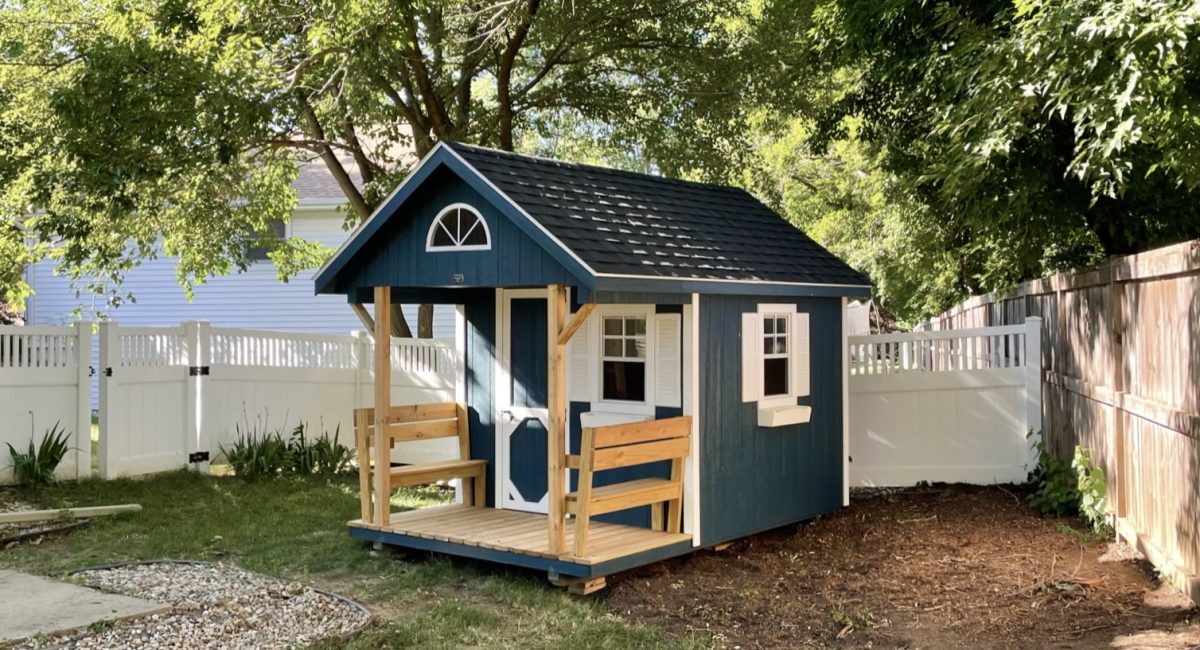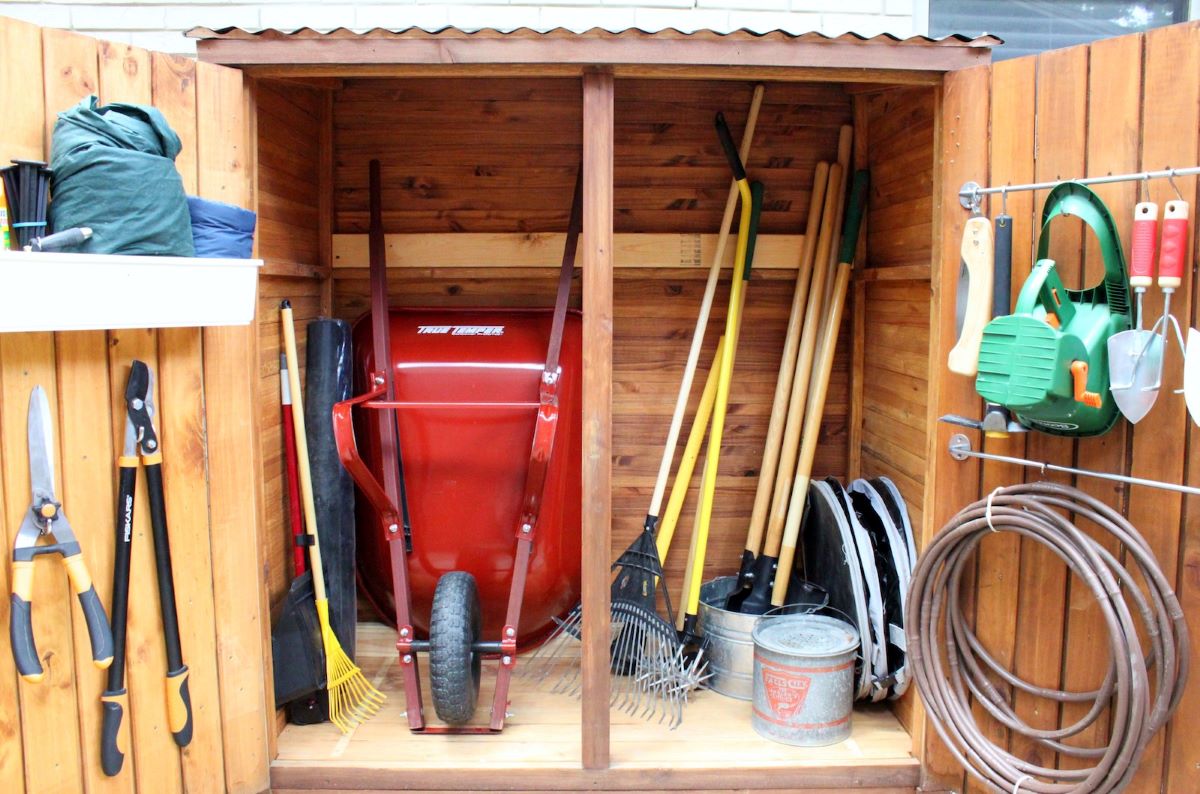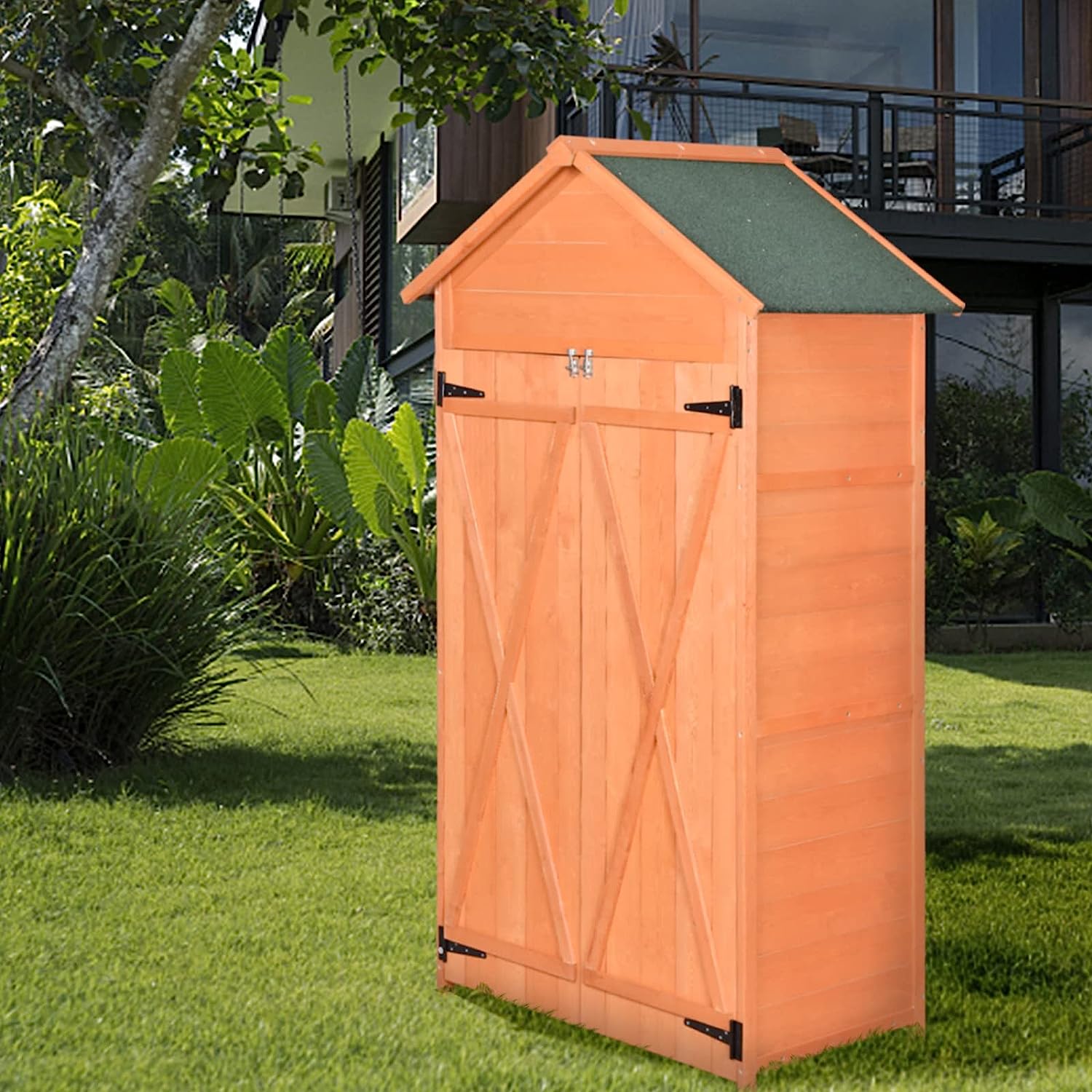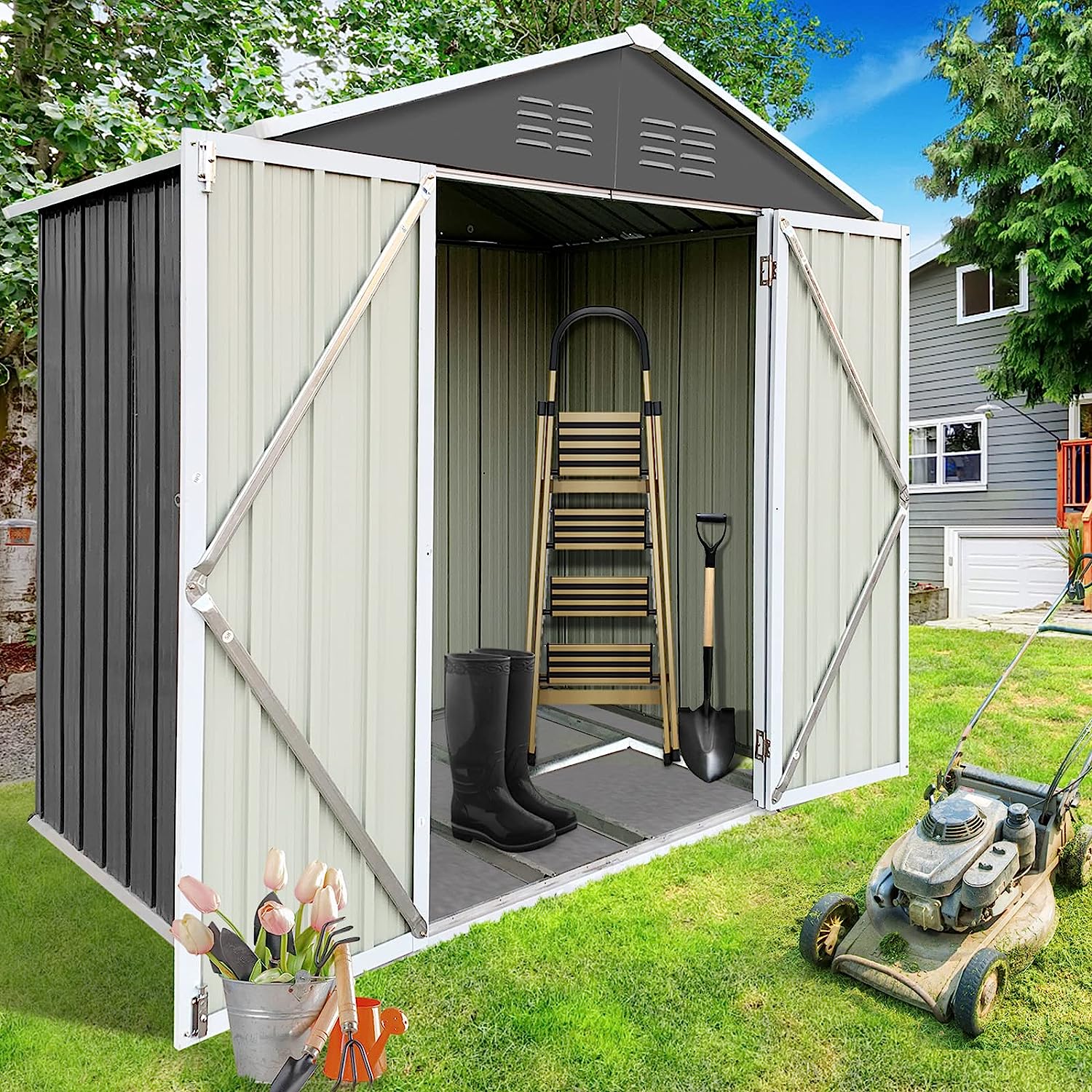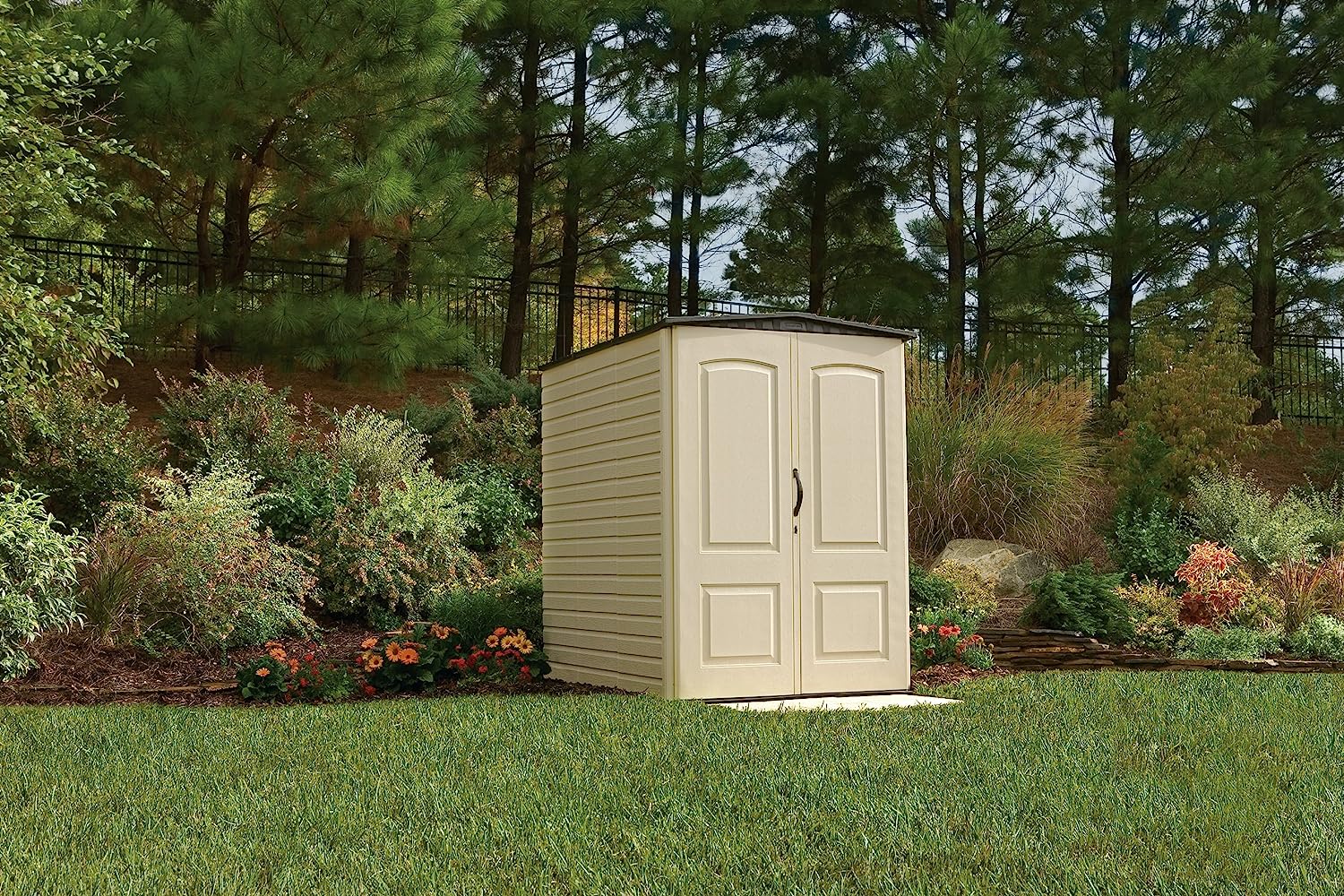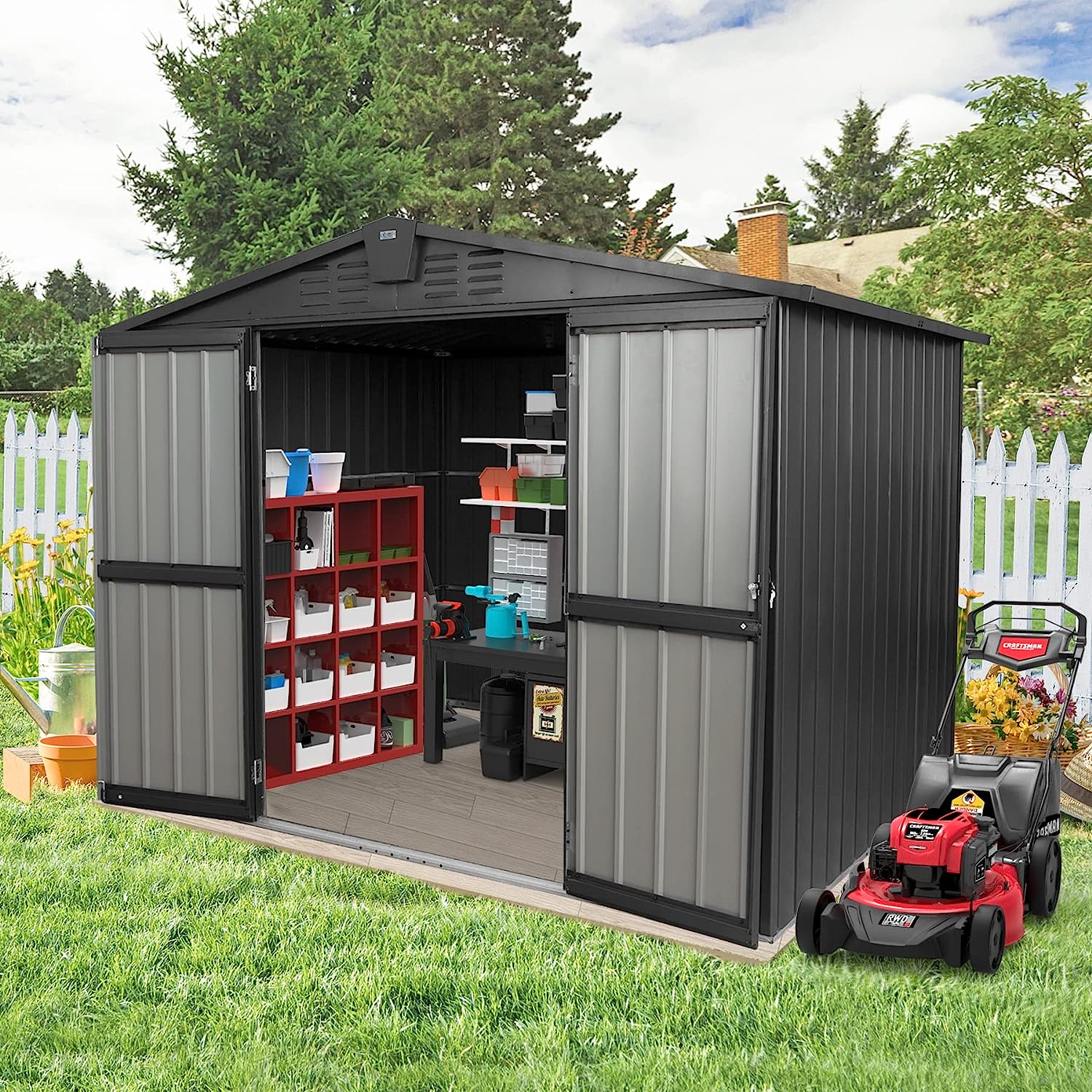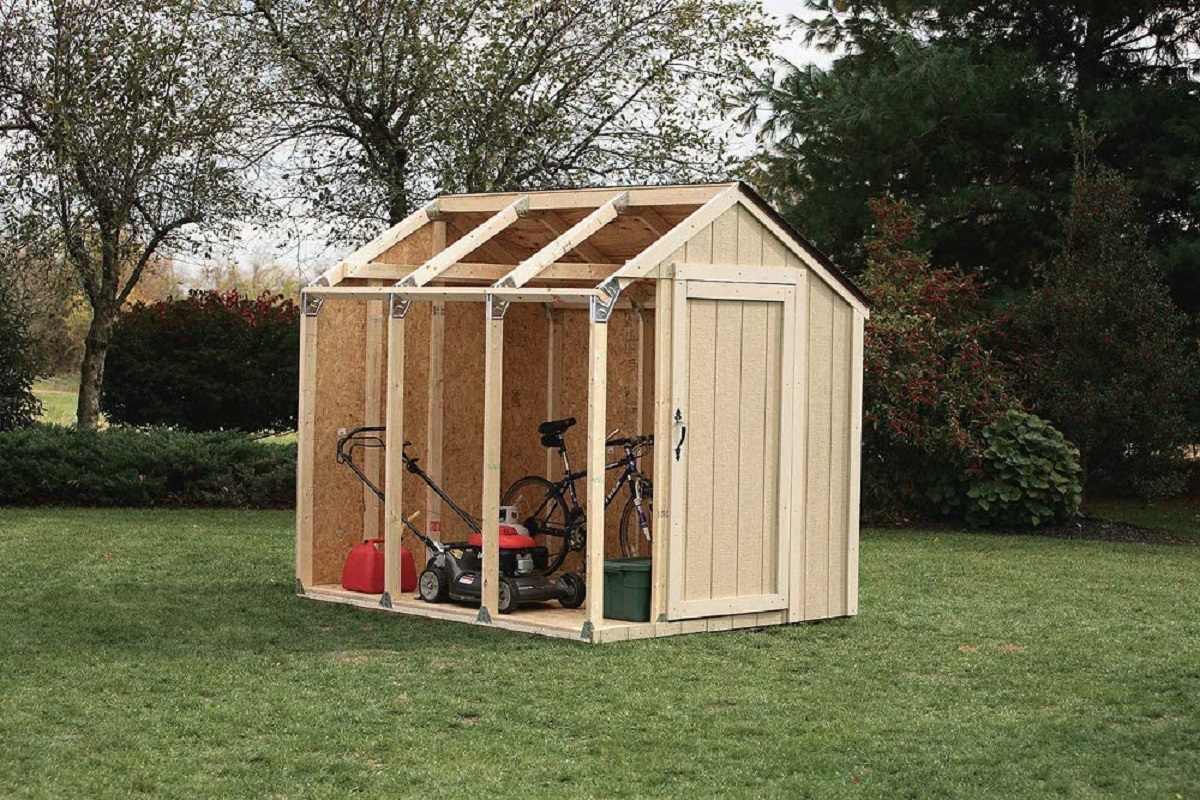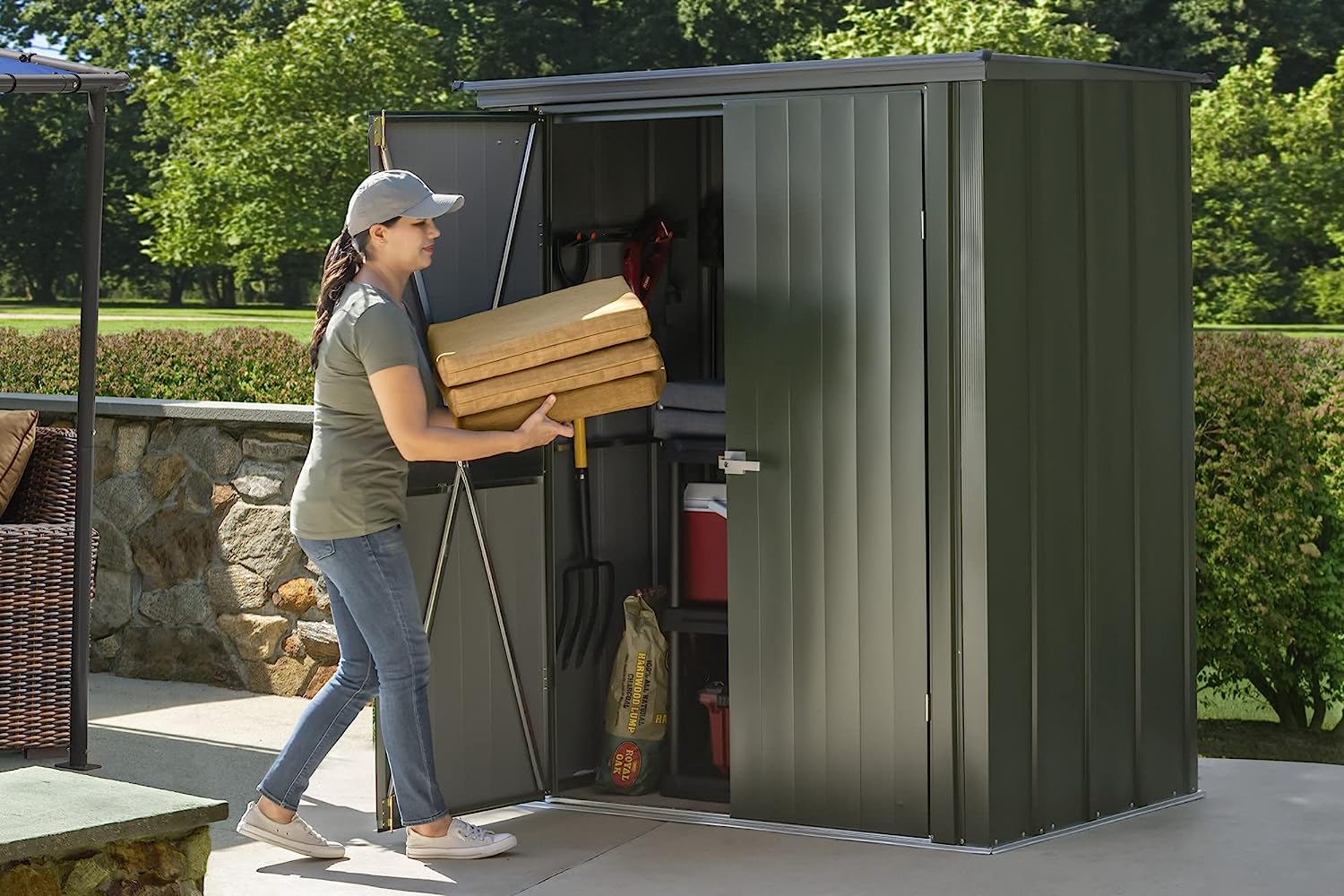Home> Outdoor Storage Shed
Outdoor Storage Shed: Essential Guide to Maximizing Your Outdoor Space
Discover the best Outdoor Storage Shed options to organize and enhance your outdoor living area. Tips, designs ideas, and more await you.
11 Best Small Storage Shed For 2024
By: Sophia Turner • Save On Outdoor Storage: Your Ultimate Outdoor Storage Guide
12 Best Outdoor Sheds Storage With Floor For 2024
By: Grace Wilson • Save On Outdoor Storage: Your Ultimate Outdoor Storage Guide
12 Best Plastic Storage Shed For 2024
By: Emily Roberts • 100 Best Garage Storage To Hide The Mess
11 Best Storage Buildings And Sheds For 2024
By: Amelia Brooks • Save On Outdoor Storage: Your Ultimate Outdoor Storage Guide
11 Best Storage Sheds Outdoor With Floor For 2024
By: Ethan Hayes • Save On Outdoor Storage: Your Ultimate Outdoor Storage Guide
11 Best Outdoor Storage Shed For 2024
By: Grace Wilson • Save On Outdoor Storage: Your Ultimate Outdoor Storage Guide
